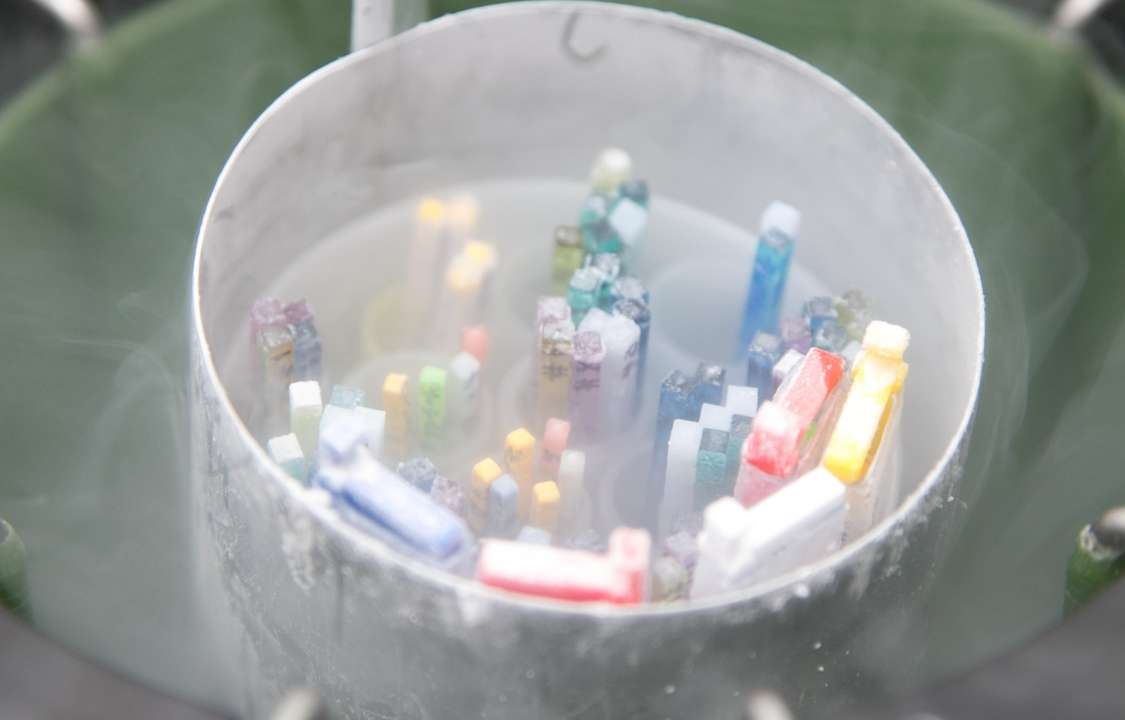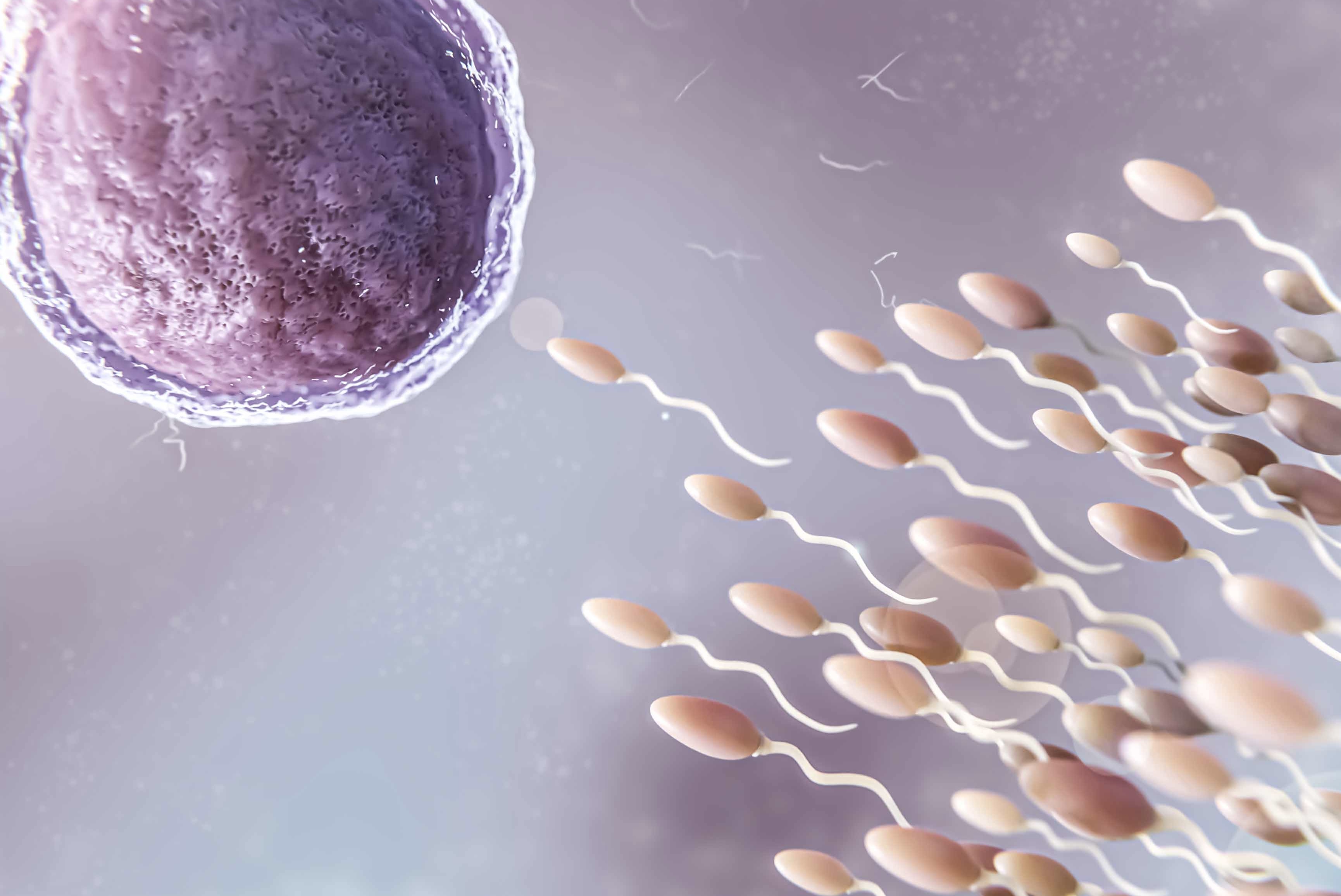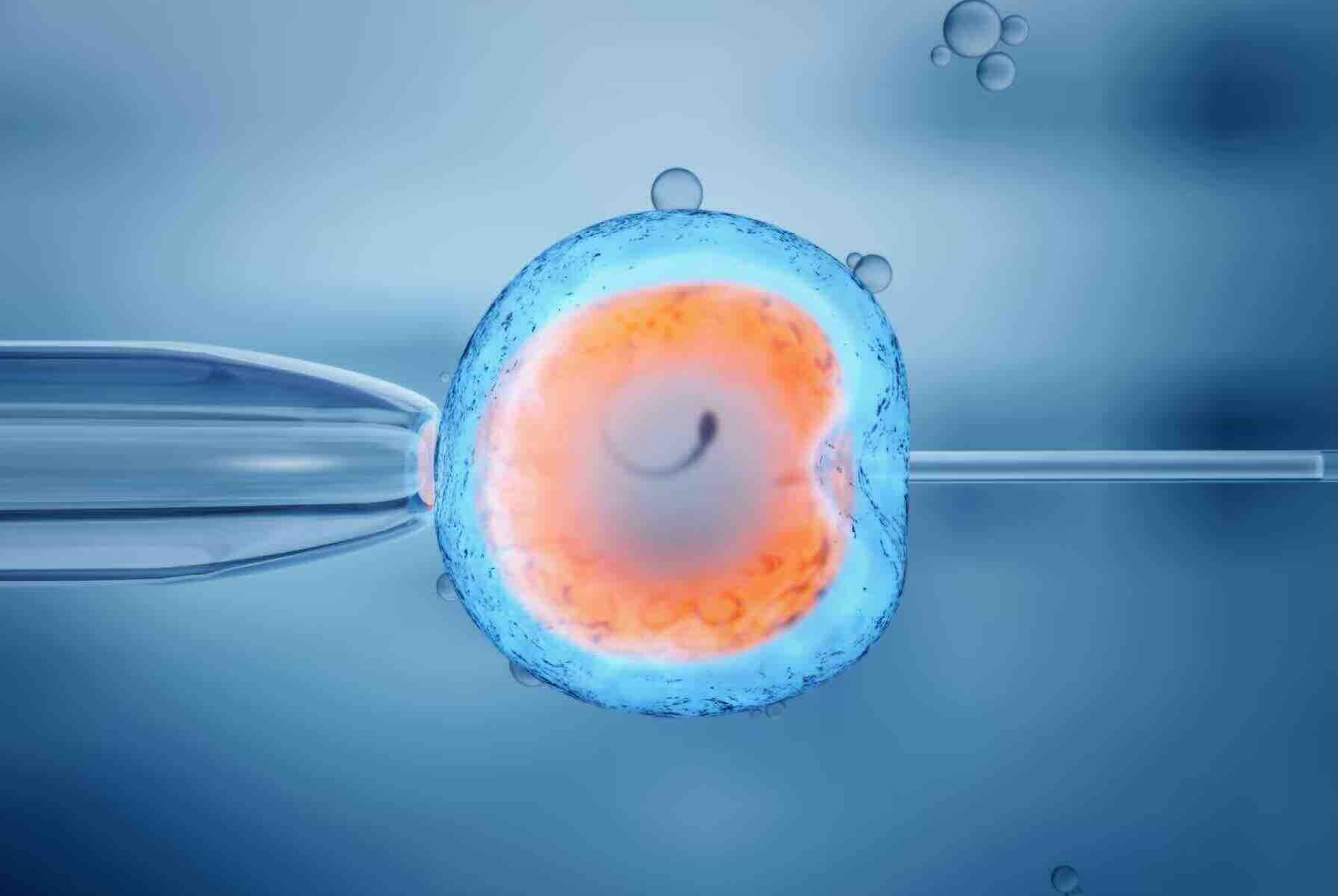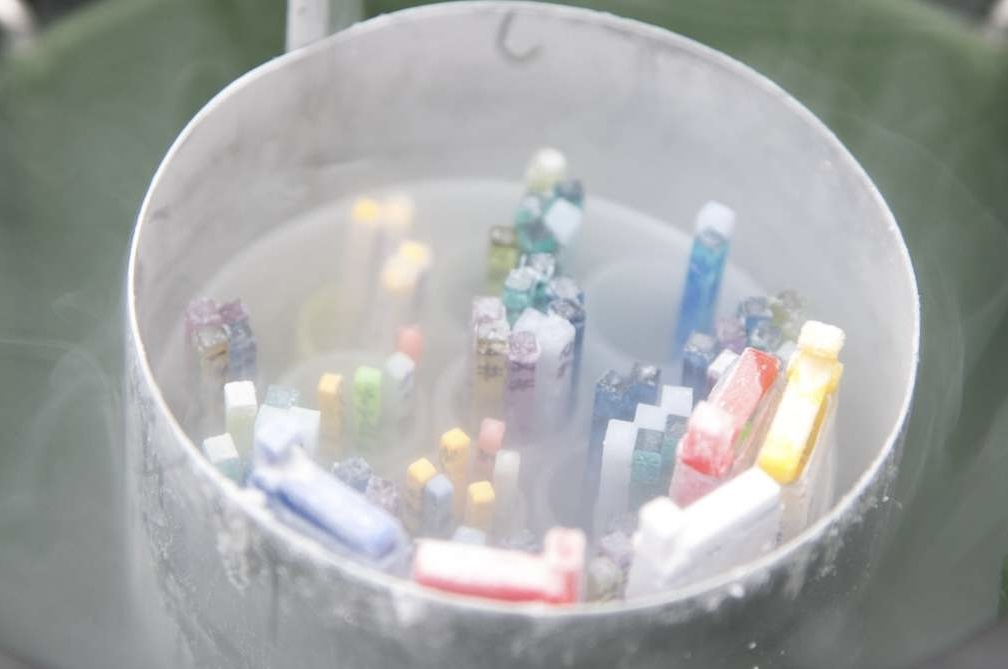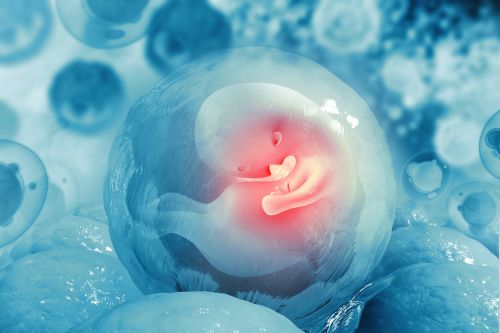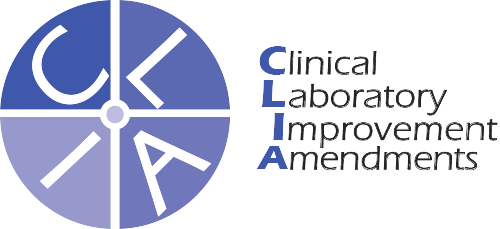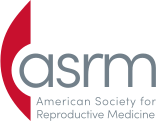Embryo freezing
Embryo cryopreservation represents the latest cutting-edge technology for those looking for the most effective, most successful ways to delay childbearing and preserve fertility. The reasons for this choice are varied, ranging from the pressures of furthering a career or education to decisions driven by medical challenges.
Frozen embryos have been successfully used for over three decades to create healthy babies. Tremendous advances in cryopreservation techniques, including vitrification, have allowed well over 90% of embryos to be successfully frozen and thawed, and many of these to implant and result in healthy ongoing pregnancies.

The main difference between embryo and egg freezing is the presence of sperm. In embryo freezing, eggs are retrieved and then fertilized by sperm to create embryos, and the embryos are analyzed using preimplantation genetic testing (PGT) and then cryopreserved until ready to be used to attempt pregnancy. Embryo freezing may be a good option for couples who want to delay parenthood, as well as single women and lesbian couples who have chosen a sperm donor but do not want to get pregnant right away.
Embryo freezing, along with preimplantation genetic testing (PGT), is becoming increasingly popular for patients going through a cycle of IVF. Instead of transferring a fresh embryo three to five days after fertilization, the embryos undergo preimplantation genetic testing to identify the healthiest embryos. The embryos are frozen while an outside specialty laboratory performs the genetic testing. Once the PGT results return within 1-2 weeks, the healthiest embryo is identified, thawed, and transferred to the patient’s uterus. This timing also allows the body’s hormone levels to stabilize after being on fertility medications. Growing evidence shows frozen embryo transfer with PGT can significantly improve implantation rates.
If you have any questions about our fertility treatment plans, AFMC Care Team, or medical center, explore our website or message us at the Contact Us page!
